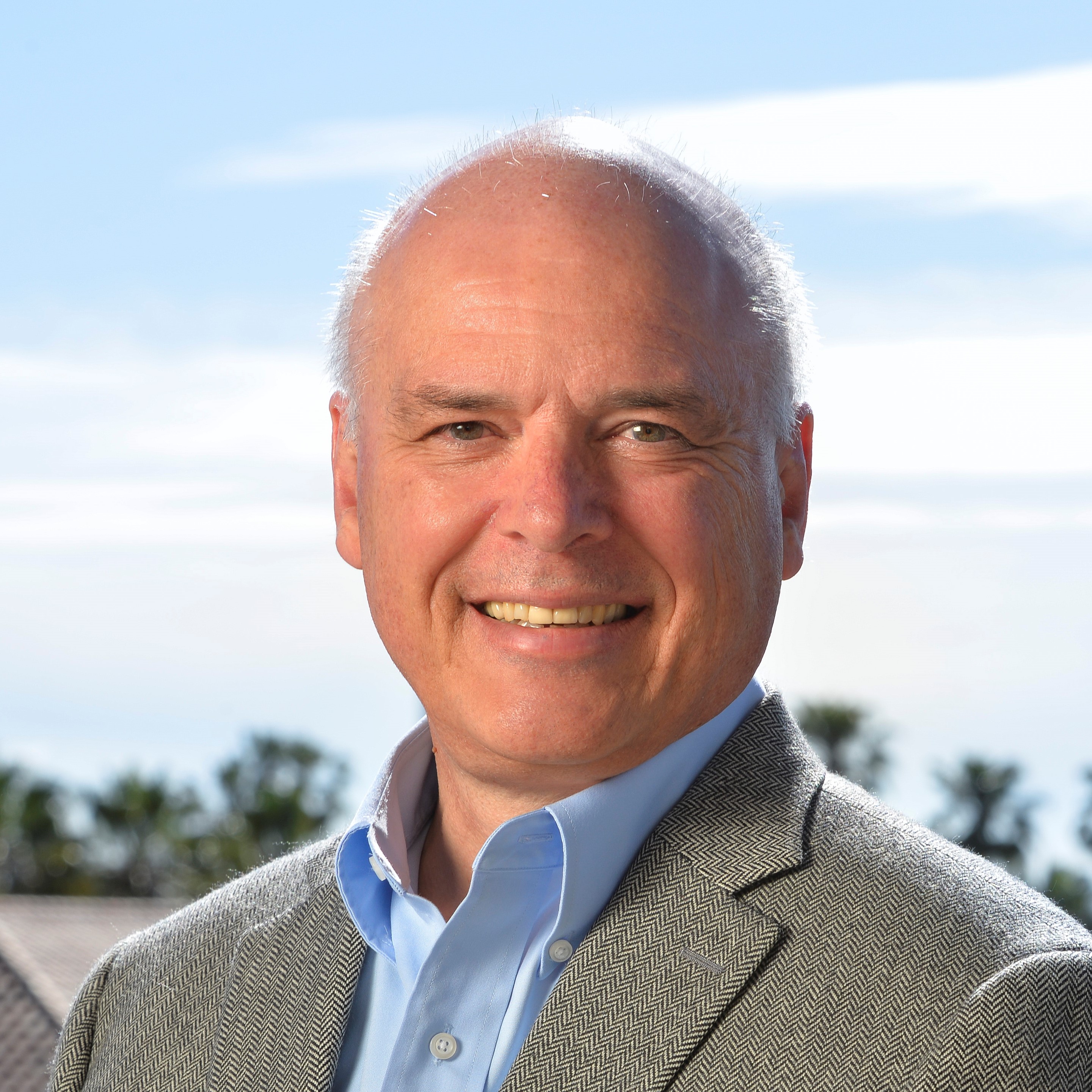 |
Publication # 448 |
|
448. D. A. B. Miller, "Attojoule Optoelectronics for Low-Energy Information Processing and Communications: a Tutorial Review,"448. D. A. B. Miller, "Attojoule Optoelectronics for Low-Energy Information Processing and Communications: a Tutorial Review," IEEE/OSA J. Lightwave Technology 35 (3), 343-393 (2017); DOI: 10.1109/JLT.2017.2647779 Optics offers unique opportunities for reducing energy in information processing and communications while simultaneously resolving the problem of interconnect bandwidth density inside machines. Such energy dissipation overall is now at environmentally significant levels; the source of that dissipation is progressively shifting from logic operations to interconnect energies. Without the prospect of substantial reduction in energy per bit communicated, we cannot continue the exponential growth of our use of information. The physics of optics and optoelectronics fundamentally addresses both interconnect energy and bandwidth density, and optics may be the only scalable solution to such problems. Here we summarize the corresponding background, status, opportunities, and research directions for optoelectronic technology and novel optics, including sub-femtojoule devices in waveguide and novel 2D array optical systems. We compare different approaches to low-energy optoelectronic output devices and their scaling, including lasers, modulators and LEDs, optical confinement approaches (such as resonators) to enhance effects, and the benefits of different material choices, including 2D materials and other quantum-confined structures. With such optoelectronic energy reductions, and the elimination of line charging dissipation by the use optical connections, the next major interconnect dissipations are in the electronic circuits for receiver amplifiers, timing recovery and multiplexing. We show we can address these through the integration of photodetectors to reduce or eliminate receiver circuit energies, free-space optics to eliminate the need for timing and multiplexing circuits (while also solving bandwidth density problems), and using optics generally to save power by running large synchronous systems. One target concept is interconnects from ~ 1 cm to ~ 10 m that have the same energy (~ 10fJ/bit) and simplicity as local electrical wires on chip. See also this talk Saving energy and increasing density in information processing using photonics which introduces and summarizes this topic.
|
|